Blog Layout
The Forgotten Signature – Leveraging Automation to Limit Risk
Chelsea Sauder • Jan 17, 2019
Every business owner knows the feeling – you’ve been working on a project and it was going great until something went wrong and now you’ve got a major conflict.
You’re stuck...
You want to enforce payment terms, cite the other person’s noncompliance, or prove that something is out of scope…but you can’t. It all started with the engagement letter, contract, or agreement that you never got around to actually getting signed. What’s worse is that when it all started everyone was on the same page and would have signed it with no problem – but you’re busy and it just didn’t happen…
In our last blog post, we talked about the untapped potential in Office 365 – features that many organizations are paying for (and may have been for years) but aren’t using. If you missed that post, you can read it here. Today, we’ll look at how your business can mitigate risk and become more efficient through the Automation capabilities of Office 365.
Every business deals with contracts, agreements, and other signed paperwork. Let’s consider a couple of scenarios:
First, a Consultant, who finds his strong suit is anything other than proposal writing. He often reaches a verbal agreement or perhaps exchanges terms via email with his clients but ultimately, he starts work without a signed contract very often. This may go on for years without any significant issue, but now he has run into a client that doesn’t want to pay – they claim the work wasn’t complete, there was another part, the fixed price was lower, etc. A simple contract with a few places to “fill in the blank” might have avoided any of this disagreement.
Alternatively, the case of a midsized business with 35-50 employees. They experience moderate turnover and, as a result, the HR department stays fairly busy with onboarding/offboarding and recruiting. As part of every employee’s onboarding, they are required to sign multiple paper documents from Employee Handbook Agreements to NDAs to Direct Deposit Authorizations. Unfortunately, as can happen with any growing company, not everyone they hire turns out to be a great fit and they let some people go. One of the terminated employees doesn’t agree with their decision and tries to retaliate by violating provisions in the Employee Handbook. The company would like to pursue the employee but can’t locate all of his onboarding paperwork and is left with limited options. A more efficient way to sign and store their documents could have easily put these within reach.
Many organizations solve these problems with manual processes. They build checklists and flowcharts to make sure that nothing gets missed. They have audits of employee records and the file cabinet of contracts. They know that it can be easier, but they feel like that means new systems to learn, company politics to navigate around buying and installing new software, and worst of all a substantial investment. Fortunately, it doesn’t have to be quite that way…
Imagine if our Consultant from the first scenario had a standard contract drafted by his attorney – maybe even a couple of them, one for fixed price projects and the other for hourly work. Then, as a habit before every engagement began, he would open an app and supply a few details such as the rate and client contact information. When he saved his entry in the app, his contract would be automatically filled in with the pertinent details and sent via an e-signature tool to the client. Once they signed, his system would automatically file the contract back in his document management system with the appropriate tags so that it would be with the rest of his project documents. He could do all of this automation within Office 365.
Similarly, for our HR team, rather than wading through a sea of paperwork they might have an interface where new hires are registered in the system and automatically sent onboarding documentation for electronic signature before their first day in the office. Once they’ve signed it, not only is it stored permanently in their HR file, it also triggers notifications to other departments to start key activities, so the employee’s first day is smooth. They may even choose to integrate further, unifying their Recruiting and Applicant Tracking with their Onboarding process. They could do all of this automation within Office 365.
Automating business processes in Office 365 results in significant benefits for most companies. From larger and more complex risk mitigation scenarios like we’ve mentioned to the simple increase in efficiency by eliminating manual repetition, the value that results from these projects is often realized shortly after implementation.
What else can automation in Office 365 be applied to? We’ve seen it quite a few places:
- Business Operations – Contracting, Forecasting, Customer Service, Project Management
- HR – Applicant Tracking, Onboarding/Offboarding, Benefits Enrollment, Annual Reviews
- Facilities Management – Catering, Meeting Space Reservations, Event Scheduling, Visitor Registration
- IT – Helpdesk Request Management, Asset Assignment
Does your organization have an opportunity to be more efficient by implementing automation? Have questions about how to get started? Contact us here
and let’s talk!
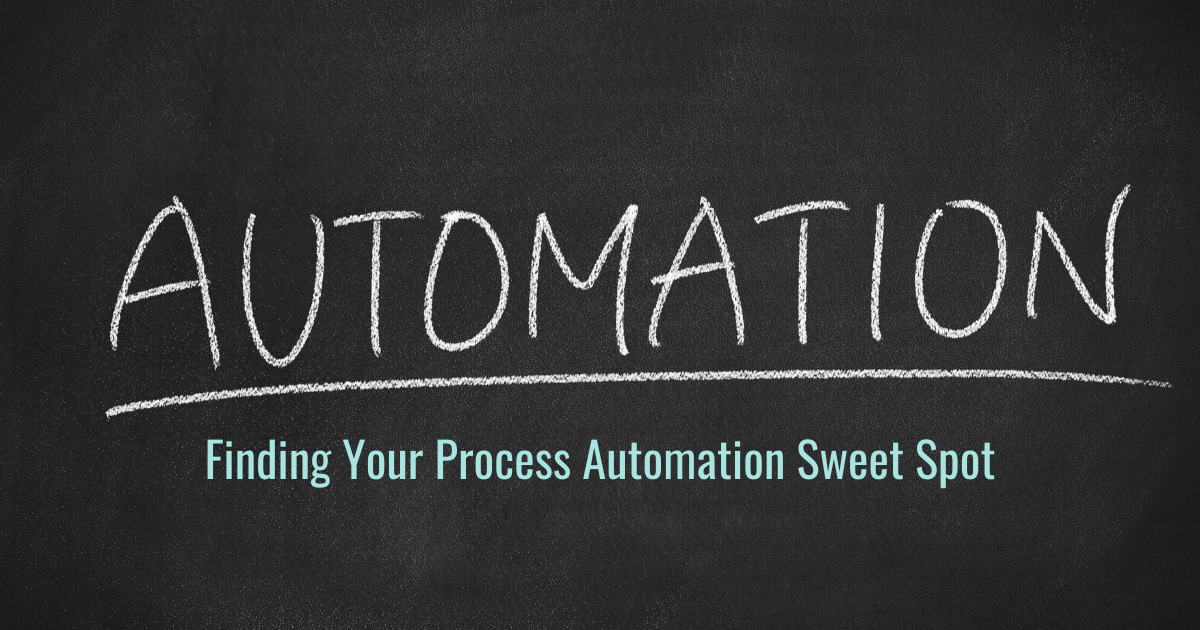
19 Aug, 2021
When it comes to automating processes around your business, it can simultaneously seem like everything can be automated, and absolutely nothing can be automated. As with many other things, the real answer is somewhere in the middle but can be a bit challenging to put your finger on. These projects usually start when someone at the strategic level of the organization has decreed that “we are going to automate!” and either they personally go on the hunt for what to automate or they hand it off to someone on their team to go do the leg work and come back with “automation” (maybe in a nice box with a bow on it). Sound familiar?
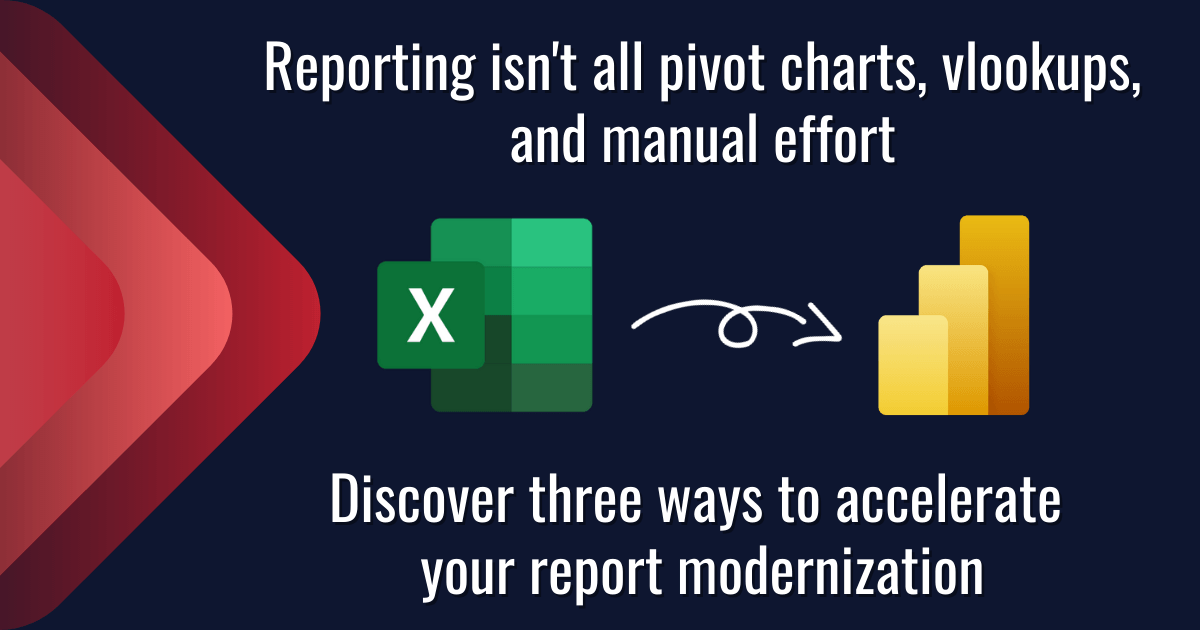
17 Aug, 2021
Data is everywhere. You’ve got a lot to focus on and it can be hard to stay on top of what’s going on with your business. Report creation in Excel is often time-consuming and can quickly become a nightmare. Modernizing your reports and streamlining your process with PowerBI to get more reliable and consistent reporting across all of your systems can be a game changer for your business. Read on to learn about three key acceleration tactics that our team uses on every implementation that we facilitate.
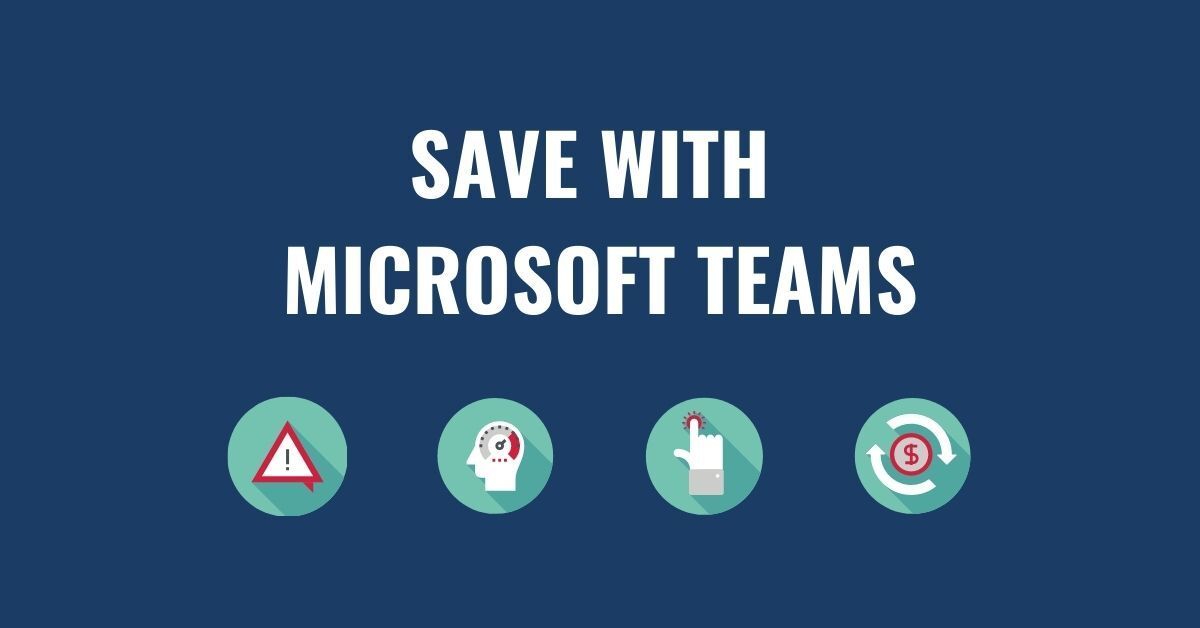
By Patrick Boren
•
08 Feb, 2021
83% of knowledge workers require technology to work together. Microsoft Teams is a cloud-based collaboration and communication tool that lets workers share the right information to the right people all through one integrated platform. According to a Forrester report, The Total Economic Impact of Microsoft Teams, there are a variety of ways using Teams saves organizations time and money. Read and download the infographic to share here .
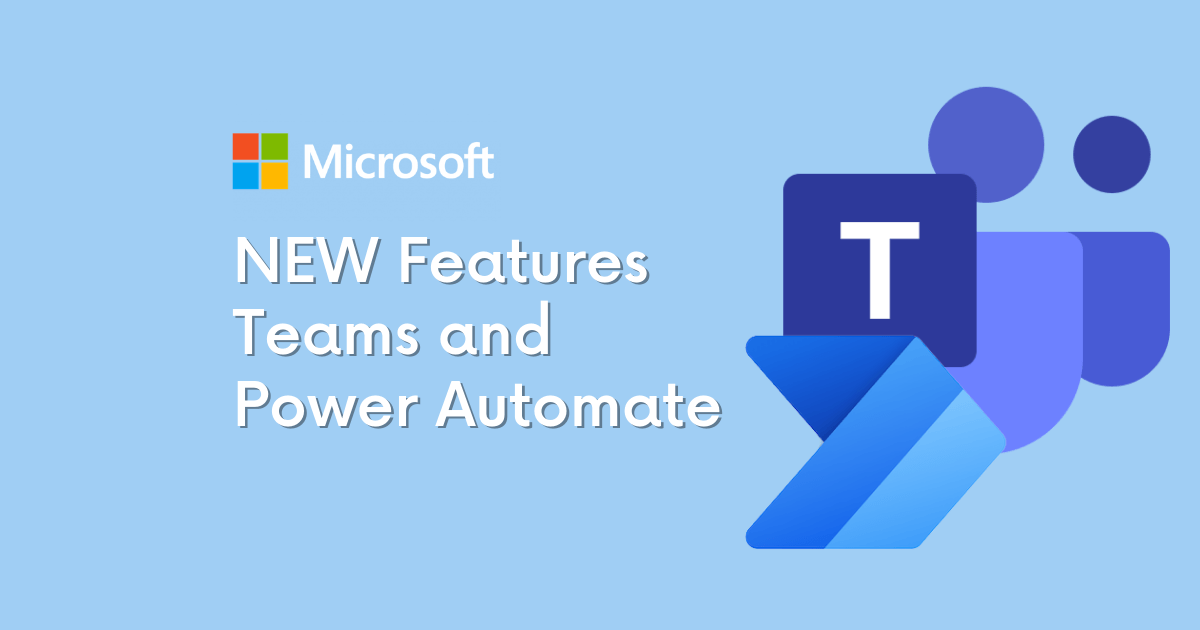
By Patrick Boren
•
22 Jan, 2021
How to Get Started with the Power Automate app for Teams You can get started with Power Automate app in just 3 quick steps: Click on the … in the left-hand corner of your teams browser Search for “Power Automate” Click on the Power Automate app icon and pin it to your left-hand Teams navigation panel

By Patrick Boren
•
18 Jan, 2021
As mentioned, there are several options available for automating your business. One of our favorite low-code/no-code options is the Microsoft Power Platform. As a suite of 4 different tools, the Power Platform can automate routine tasks, customer support, data visualization, and more. A few highlights on the effectiveness of the Power Platform are:
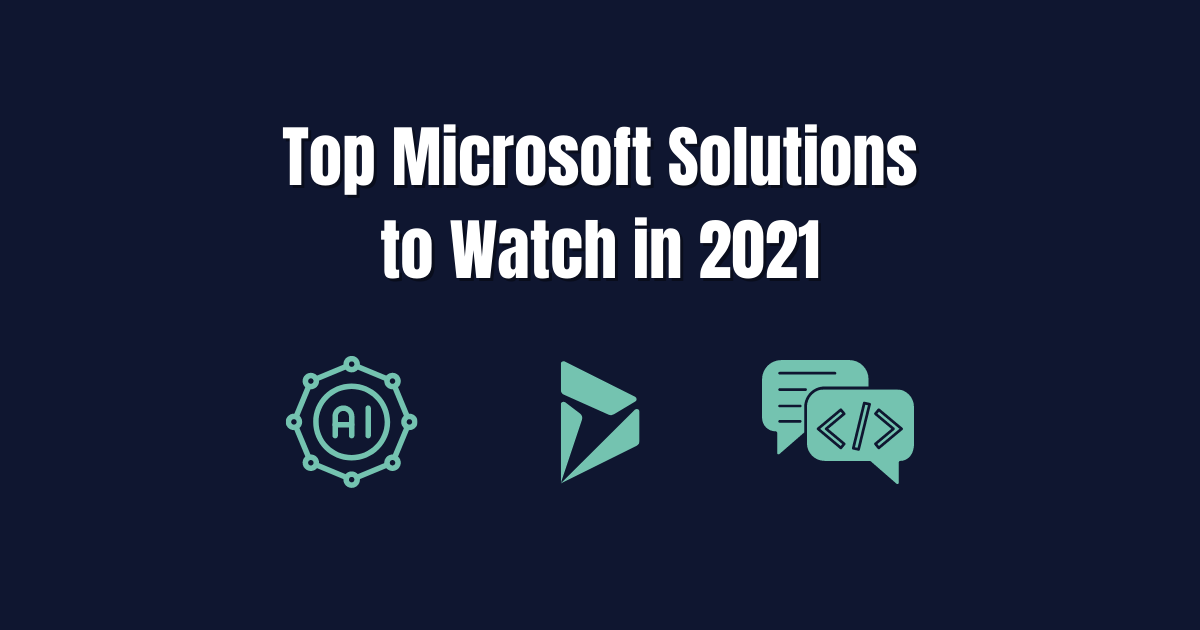
By Patrick Boren
•
06 Jan, 2021
It is no secret that 2020 and the coronavirus pandemic altered the reality of doing business. These changes are showing little signs of letting up and a lot of the adjustments made to respond to a remote workforce may very well become a permanent feature in daily business operations. As business decision makers (BDMs) and IT decision makers (ITDMs) head into a new year it is important to keep an eye out for technology solutions that can further support these operational changes while increasing efficiency. This post briefly highlights the top 3 digital solutions we have our eyes on for 2021 and our Microsoft-based clients.
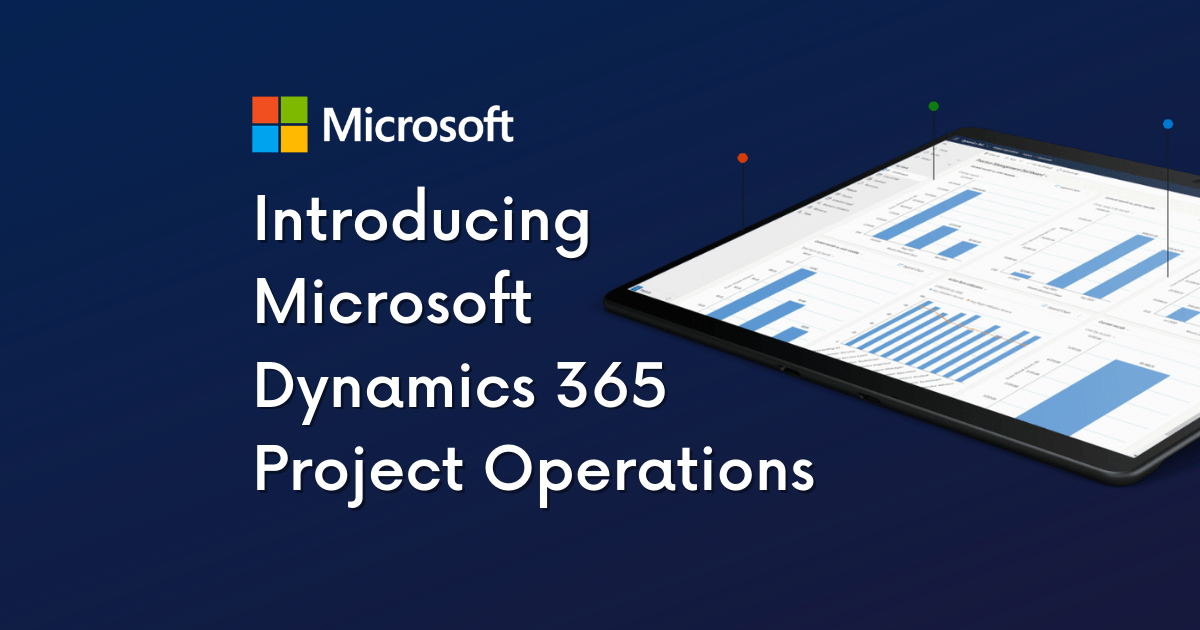
By Patrick Boren
•
31 Dec, 2020
In our latest video series, Patrick Boren, Principal Consultant at TexasPGB, introduces the newest addition to the Microsoft Project family, Microsoft Project Operations. In this video Patrick discusses: What challenges Project Operations aims to solve What is Project Operations and common use cases for the tool Who uses Project Operations Upcoming "Day in the Life" Sessions Watch the video or read the condensed transcript below.
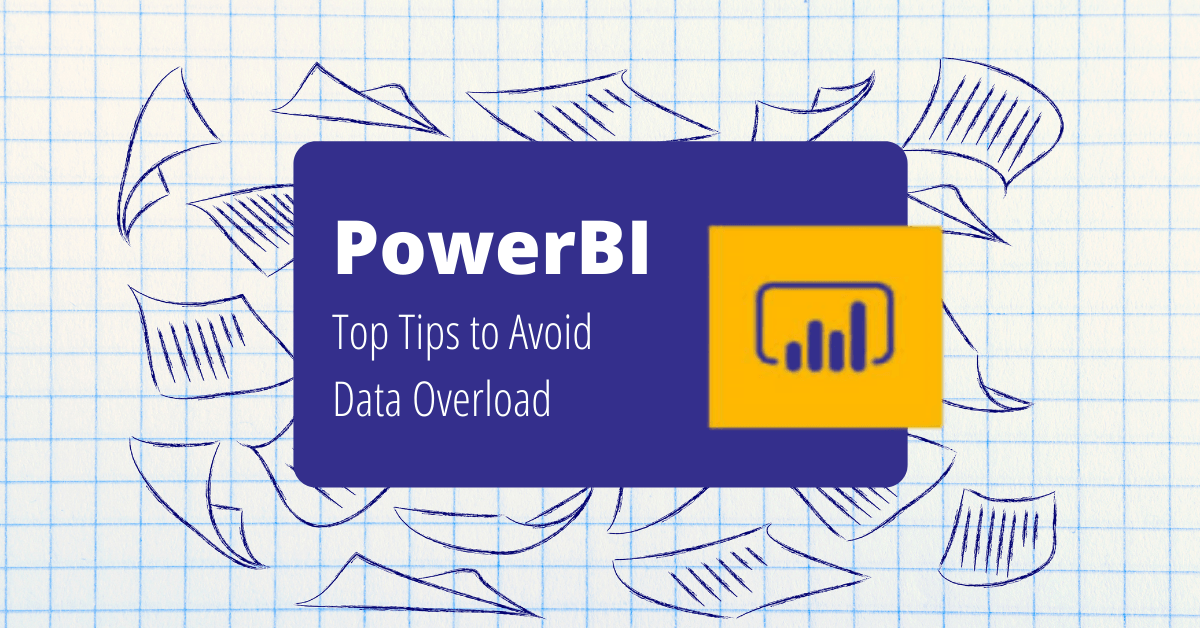
By Patrick Boren
•
19 Nov, 2020
Having a wealth of data at your fingertips is great, but what happens when your data is so vast that it takes you years to make a key discovery? A friend of mine told me a story recently about an experience he had. His first company conducted a VP meeting every quarter – everyone scrambling to put together their presentations and make their case based on the data from Excel spreadsheets. Departments and information tended to be segmented into silos. While much of the data could be shared across the company, rarely was it compiled in a way to show how one area of the business could affect another.

By Patrick Boren
•
12 Nov, 2020
If you are looking to migrate your data to Microsoft 365 there are two common methods to funnel your data - SharePoint or Common Data Service (CDS). SharePoint solutions take advantage of lists and libraries. Data is housed, originated, and manipulated entirely within the SharePoint platform. CDS solutions use both standard and custom entities to collect and house data that is then integrated across the Microsoft 365 platform. Below we will review a few ways each method is different and what you should look for before making a final decision for your data migration plan.
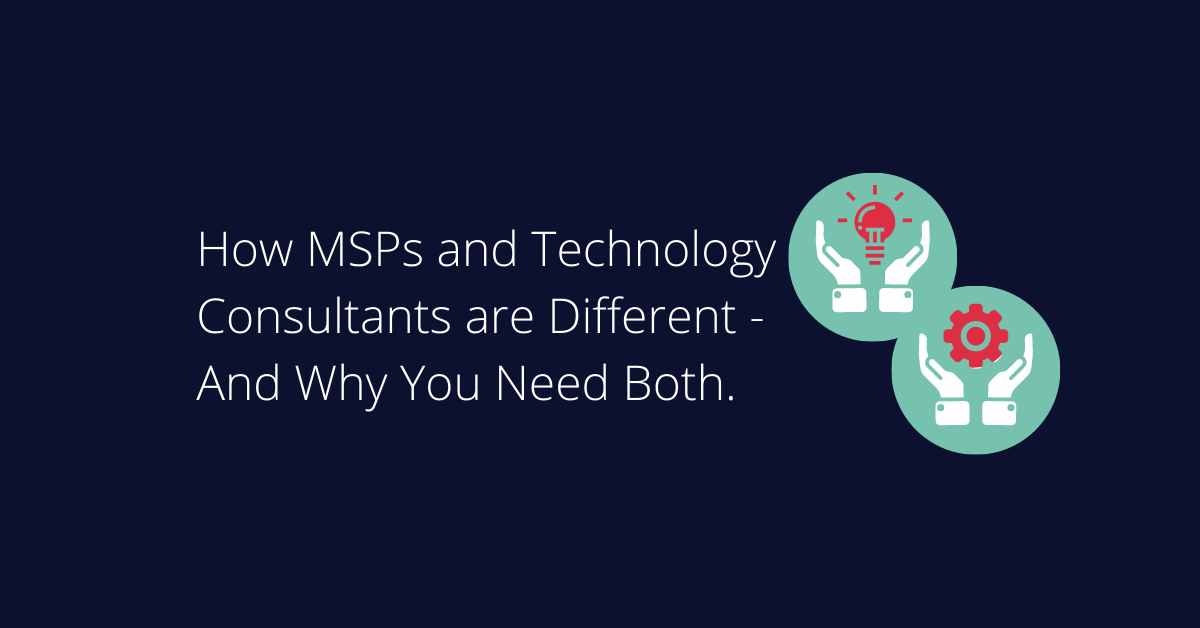
By Patrick Boren
•
15 Sep, 2020
When it comes to technology, do you have a one-size-fits-all vendor? In today’s world of cost cutting, we see more and more organizations that end up missing out on huge technology opportunities by assuming a single vendor can and will do it all. As a technology consulting firm, we’re frequently asked “aren’t you the same as my managed service provider (MSP)?” Fortunately, for those that ask, we’re able to shed light on how a Technology Consulting Firm varies from an MSP.
Follow Us
TexasPGB is a digital solutions and technology consulting firm powering businesses through digital transformation, cloud services, and custom application development.
© 2024
All Rights Reserved | TexasPGB

